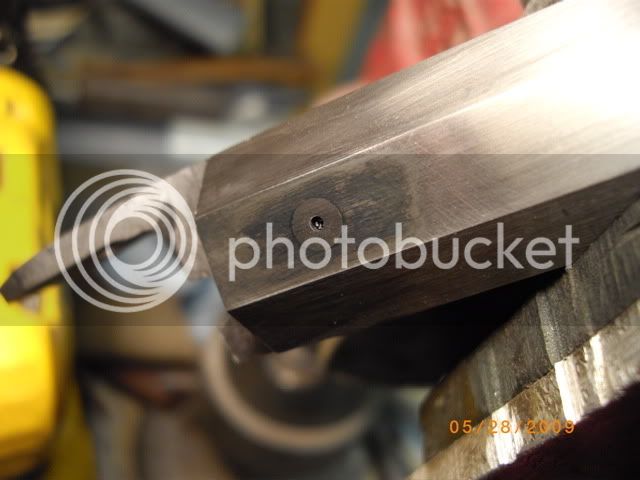Black Jaque said:
Pletch,
You wrote that the differences in your flint tests were not enough to be noticeable to the human senses. So that would mean that the 0.0091 second difference between the fastest time and the slowest time were not perceptable to those witnessing the test.
Do you have any information on how slow a lock has to be in order for the human senses to pick it out?
My Chambers lock has a just o-so-slight delay that I can perceive so I am curious how bad that really is.
I am sure this would be different from person to person, but there must be a threshold that human's can't perceive (just as they know a motion picture has to have so many frames per second for humans to view it as fluid motion.)
You realize that what I saw in tests my not be a good answer because of a number of reasons. First, My fixture used a car lock solenoid to smack the sear when I pressed the space bar on my computer. I'm pretty well insulated from an intimate contact with the lock.
As for a delay explanation, place yourself in the middle of a series of 20 trials. In this case I'd try to guess whether the trial I just heard was faster or slower than the previous one. I was wrong half the time.
Using numbers as an example, lets drop to 3 decimal places. The lock is averaging around .040 seconds. I might be looking at times from .037 to .045. I can't tell the difference. I get a time of .055 - still can't hear the difference. But, looking at the time, I begin to think the flint needs knapping. Next comes a .046, and I decide not to knapp. Next trial is .079 - and I could hear that one. I knapp the flint and the next three times are .055, .046, and .037. (The first trial after knapping has never been the fastest time.)
I sometimes felt a time had to nearly double for me to hear the difference. This could be fatigue; I don't know. I do know that I can't hear a .030 difference. A .050 difference I can probably hear.
On a gun, if you can hear a difference, my gut says it is more likely to be a slow vent. (I think hang fires vent related.) In my tests there are no vents, just a photo cell reading the pan ignition. (If you fired your lock with no barrel charge, that would be closer to the feel I get in tests.)
I'm guessing this is way more than you wanted. And, I'm not sure my experience transfers well to the lock on the gun.
Regards,
Pletch





